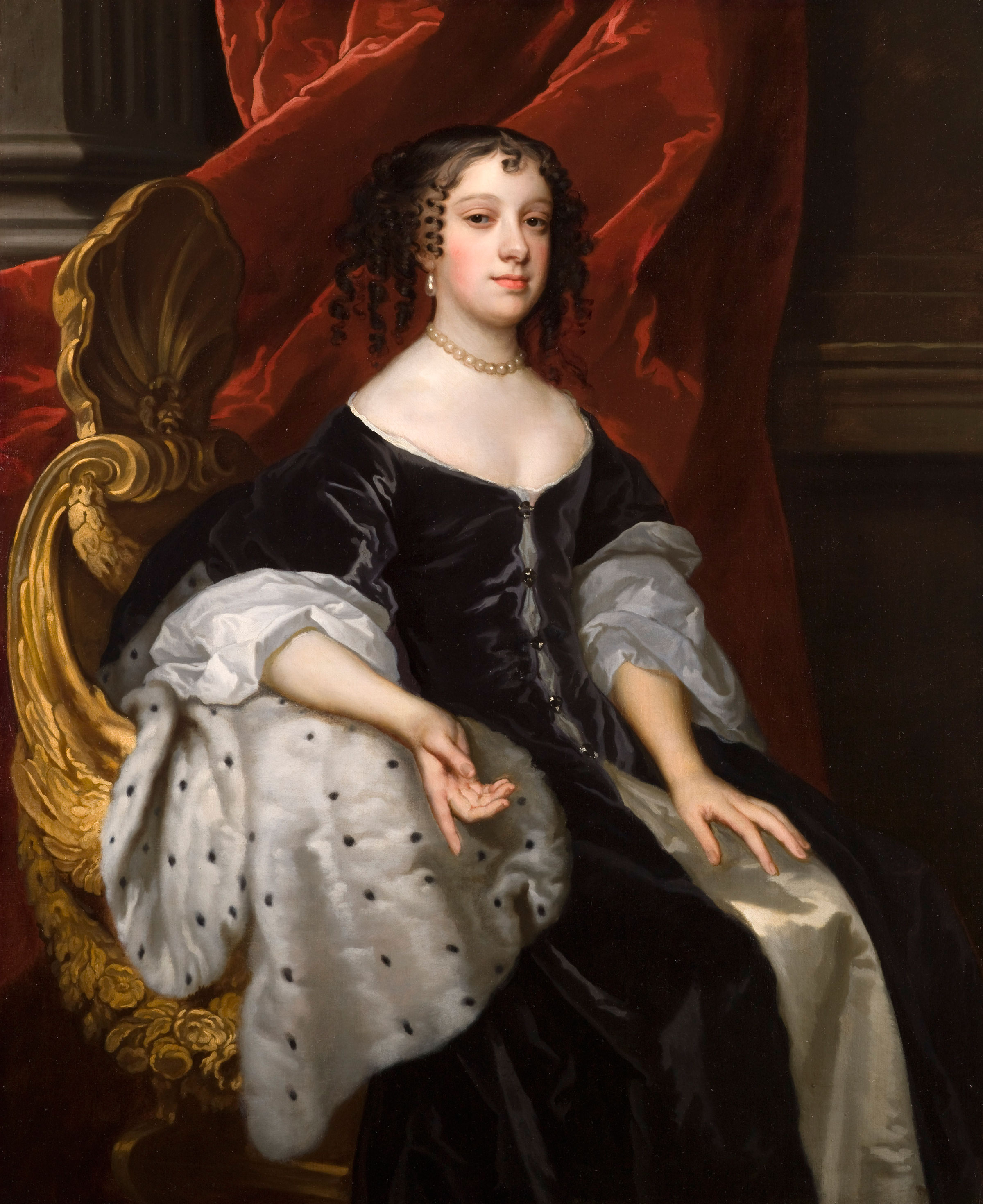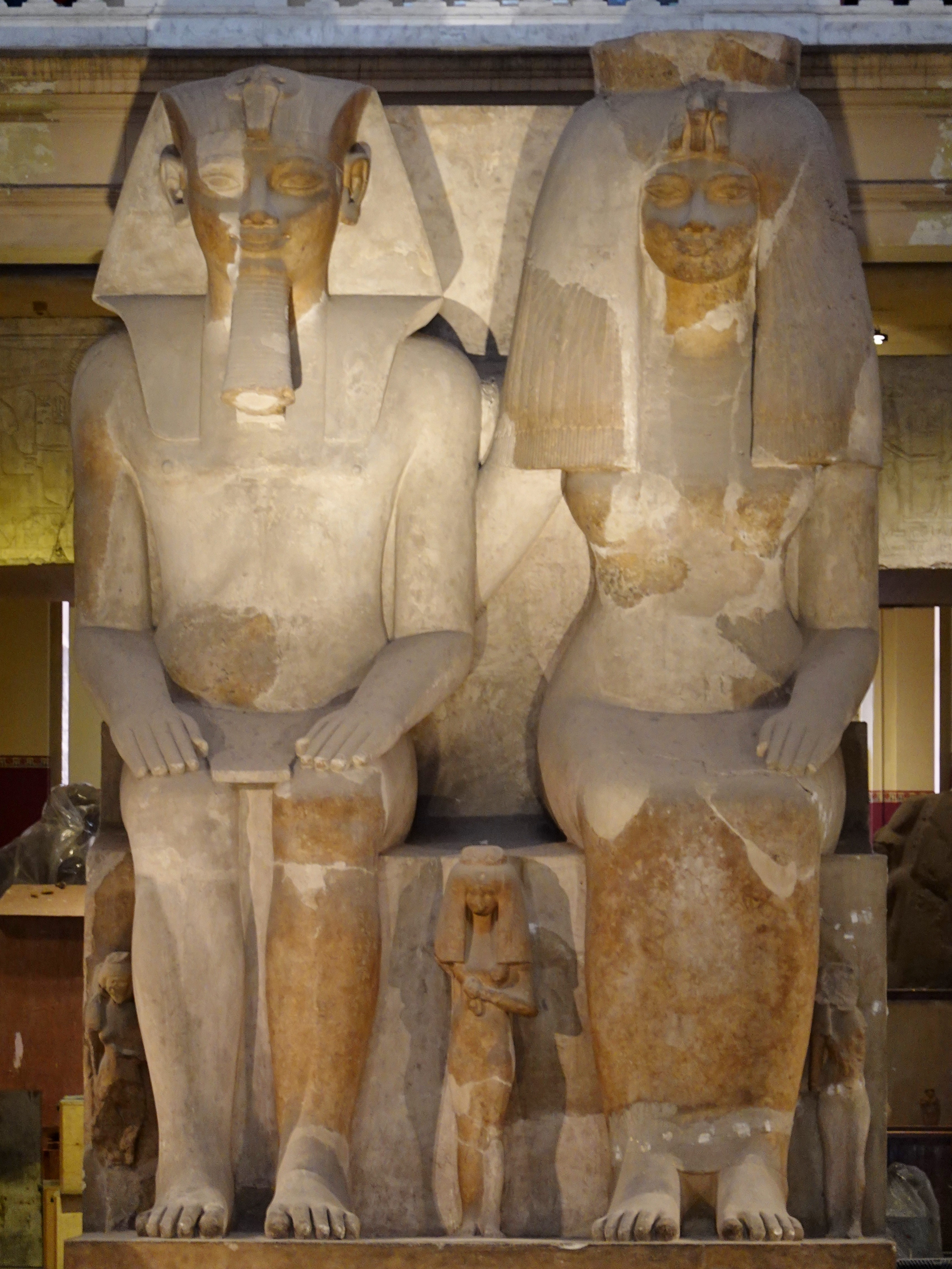|
Gilukhipa
Gilukhipa, or more probable ''Kilu-Hepa'' in Hurrian language, in the Egyptian language ''Kirgipa'' (fl. early 14th c. BCE), was the daughter of Shuttarna II, king of Mitanni. She was the sister of Tushratta (later King of Mitanni), Biria-Waza and Artashumara. Biography For political reasons, Gilukhipa was sent to Egypt to join Amenhotep III in marriage. The Egyptian pharaoh made a special issue of commemorative scarabs on the occasion of his marriage to Gilukhipa in his 10th regnal year (ca.1378–1376 BCE), where he recorded that the princess was escorted by 317 ladies-in-waiting, women from the Mitanni king's royal palace.Aidan Dodson & Dyan Hilton, The Complete Royal Families of Ancient Egypt, Thames & Hudson (2004), p.154 Gilukhipa became known as the "Secondary King's Wife," meaning she was secondary to Amenhotep III's chief wife, Queen Tiye. Twenty-six years later, her niece Tadukhepa Tadukhipa, in the Hurrian language ''Tadu-Hepa'', was the daughter of Tushratta and ... [...More Info...] [...Related Items...] OR: [Wikipedia] [Google] [Baidu] |
Mitanni
Mitanni (; Hittite cuneiform ; ''Mittani'' '), c. 1550–1260 BC, earlier called Ḫabigalbat in old Babylonian texts, c. 1600 BC; Hanigalbat or Hani-Rabbat (''Hanikalbat'', ''Khanigalbat'', cuneiform ') in Assyrian records, or '' Naharin'' in Egyptian texts, was a Hurrian-speaking state in northern Syria and southeast Anatolia (modern-day Turkey). Since no histories or royal annals/chronicles have yet been found in its excavated sites, knowledge about Mitanni is sparse compared to the other powers in the area, and dependent on what its neighbours commented in their texts. The Hurrians were in the region as of the late 3rd millennium BC. A king of Urkesh with a Hurrian name, Tupkish, was found on a clay sealing dated c. 2300 BC at Tell Mozan.Salvini, Mirjo. "The earliest evidences of the Hurrians before the formation of the reign of Mittanni." Urkesh and the Hurrians Studies in Honor of Lloyd Cotsen. Urkesh/Mozan Studies Bibliotheca Mesopotamica. Malibu: Undena Publicati ... [...More Info...] [...Related Items...] OR: [Wikipedia] [Google] [Baidu] |
Tadukhepa
Tadukhipa, in the Hurrian language ''Tadu-Hepa'', was the daughter of Tushratta and his queen Juni, and niece of Artashumara. Tadukhipa's aunt Gilukhipa (sister of Tushratta) had married Pharaoh Amenhotep III in his 10th regnal year. Tadukhipa was to marry Amenhotep III more than two decades later. Early life Tadukhipa was the daughter of King Tushratta of Mitanni, who is believed to have reigned c. 1382 BC–1342 BC. She is believed to have been born around Year 21 of the reign of Egyptian Pharaoh Amenhotep III (c. 1366 BC). Almost nothing is known of her early years. In approximately Year 36 of Amenhotep's reign (c. 1352), Tushratta sent her to Egypt to marry the pharaoh, who was a close ally. Relatively little is known about this princess of Mitanni. She is believed to have been born around Year 21 of the reign of Egyptian Pharaoh Amenhotep III, (c. 1366 BC). Fifteen years later, Tushratta married his daughter to his ally Amenhotep III to cement their two states alli ... [...More Info...] [...Related Items...] OR: [Wikipedia] [Google] [Baidu] |
Tushratta
Tushratta (Akkadian: and ) was a king of Mitanni, c. 1358–1335 BCE, at the end of the reign of Amenhotep III and throughout the reign of Akhenaten. He was the son of Shuttarna II. Tushratta stated that he was the grandson of Artatama I. His sister Gilukhipa (Gilu-ḫepa in Hurrian) and his daughter Tadukhipa (Tadu-ḫepa in Hurrian) were married to the Egyptian pharaoh Amenhotep III; Tadukhipa later married Akhenaten who took over his father's royal harem. He had been placed on the throne after the murder of his brother Artashumara. He was probably quite young at the time and was destined to serve as a figurehead only but he managed to dispose of the murderer. A tablet was found in a Mitanni building at Tell Brak which stated it was witnessed "in the presence of Tushratta, the king" and had a seal of an earlier king Shaushtatar on the reverse which was a common practice. Name Recorded in three distinct spellings—, , —Tushratta's name is an Akkadianised rendition of ... [...More Info...] [...Related Items...] OR: [Wikipedia] [Google] [Baidu] |
Scarab (artifact)
Scarabs were popular amulets and impression seals in ancient Egypt. They survive in large numbers and, through their inscriptions and typology, are an important source of information for archaeologists and historians of the ancient world. They also represent a significant body of ancient art. For reasons that are not clear (although likely connected to the religious significance of the Egyptian god Khepri), amulets in the form of scarab beetles had become enormously popular in Ancient Egypt by the early Middle Kingdom (approx. 2000 BCE) and remained popular for the rest of the pharaonic period and beyond. During that long period the function of scarabs repeatedly changed. Primarily amulets, they were also inscribed for use as personal or administrative seals or were incorporated into jewelry. Some scarabs were created for political or diplomatic purposes to commemorate or advertise royal achievements. By the early New Kingdom, ''heart scarabs'' had become part of the battery ... [...More Info...] [...Related Items...] OR: [Wikipedia] [Google] [Baidu] |
Queens Consort Of The Eighteenth Dynasty Of Egypt
Queens is a borough of New York City, coextensive with Queens County, in the U.S. state of New York. Located on Long Island, it is the largest New York City borough by area. It is bordered by the borough of Brooklyn at the western tip of Long Island to its west, and Nassau County to its east. Queens also shares water borders with the boroughs of Manhattan, the Bronx, and Staten Island (via the Rockaways). With a population of 2,405,464 as of the 2020 census, Queens is the second most populous county in the State of New York, behind Kings County (Brooklyn), and is therefore also the second most populous of the five New York City boroughs. If Queens became a city, it would rank as the fifth most-populous in the U.S. after New York City, Los Angeles, Chicago, and Houston. Approximately 47% of the residents of Queens are foreign-born. Queens is the most linguistically diverse place on Earth and is one of the most ethnically diverse counties in the United States. Queens was esta ... [...More Info...] [...Related Items...] OR: [Wikipedia] [Google] [Baidu] |
Hurrian People
The Hurrians (; cuneiform: ; transliteration: ''Ḫu-ur-ri''; also called Hari, Khurrites, Hourri, Churri, Hurri or Hurriter) were a people of the Bronze Age Near East. They spoke a Hurrian language and lived in Anatolia, Syria and Northern Mesopotamia. The largest and most influential Hurrian nation was the kingdom of Mitanni, its ruling class perhaps being Indo-Aryan speakers. The population of the Hittite Empire in Anatolia included a large population of Hurrians, and there is significant Hurrian influence in Hittite mythology. By the Early Iron Age, the Hurrians had been assimilated with other peoples. The state of Urartu later covered some of the same area. Language The Hurrian language is closely related to the Urartian language, the language of the ancient kingdom of Urartu. Together they form the Hurro-Urartian language family. The external connections of the Hurro-Urartian languages are disputed. There exist various proposals for a genetic relationship to oth ... [...More Info...] [...Related Items...] OR: [Wikipedia] [Google] [Baidu] |
14th-century BC Egyptian Women
As a means of recording the passage of time, the 14th century was a century lasting from 1 January 1301 ( MCCCI), to 31 December 1400 (MCD). It is estimated that the century witnessed the death of more than 45 million lives from political and natural disasters in both Europe and the Mongol Empire. West Africa experienced economic growth and prosperity. In Europe, the Black Death claimed 25 million lives wiping out one third of the European population while the Kingdom of England and the Kingdom of France fought in the protracted Hundred Years' War after the death of Charles IV, King of France led to a claim to the French throne by Edward III, King of England. This period is considered the height of chivalry and marks the beginning of strong separate identities for both England and France as well as the foundation of the Italian Renaissance and Ottoman Empire. In Asia, Tamerlane (Timur), established the Timurid Empire, history's third largest empire to have been eve ... [...More Info...] [...Related Items...] OR: [Wikipedia] [Google] [Baidu] |
Tiye
Tiye (c. 1398 BC – 1338 BC, also spelled Tye, Taia, Tiy and Tiyi) was the daughter of Yuya and Thuya. She became the Great Royal Wife of the Ancient Egypt, Egyptian pharaoh Amenhotep III. She was the mother of Akhenaten and grandmother of Tutankhamun. In 2010, DNA analysis confirmed her as the mummy known as "The Elder Lady" found in the tomb of Amenhotep II (KV35) in 1898. Family and early life Tiye's father, Yuya, was a non-royal, wealthy landowner from the Upper Egyptian town of Akhmim, where he served as a priest and superintendent of oxen or commander of the chariotry. Tiye's mother, Thuya, was involved in many religious cults, as her different titles attested (''Singer of Hathor'', ''Chief of the Entertainers'' of both Amun and Min (god), Min...), which suggests that she was a member of the royal family. Egyptologists have suggested that Tiye's father, Yuya, was of foreign origin due to the features of his mummy and the many different spellings of his name, which mig ... [...More Info...] [...Related Items...] OR: [Wikipedia] [Google] [Baidu] |
Artashumara
Artashumara Akkadian language, Akkadian: ), brother of Tushratta and son of Shuttarna II, briefly held the throne of Mitanni in the fourteenth century BC. Reign He is known only from a single mention in a tablet found in Tell Brak "Artassumara the king, son of Shuttarna the king" and a mention in Amarna letter 17. According to the later, after the death of Shuttarna II he briefly took power but was then murdered (by someone named Tuhi) and succeeded by his brother TushrattaArtzi, P., "The Diplomatic Service in Action: The Mitanni File”, in: R. Cohen and R. Westbrook (eds.): Amarna Diplomacy: The Beginnings of International Relations, Baltimore, London: 205–211, 2000 See also *Mitanni References Hurrian kings 14th-century BC rulers {{ANE-bio-stub ... [...More Info...] [...Related Items...] OR: [Wikipedia] [Google] [Baidu] |
Egypt
Egypt ( ar, مصر , ), officially the Arab Republic of Egypt, is a transcontinental country spanning the northeast corner of Africa and southwest corner of Asia via a land bridge formed by the Sinai Peninsula. It is bordered by the Mediterranean Sea to the north, the Gaza Strip of Palestine and Israel to the northeast, the Red Sea to the east, Sudan to the south, and Libya to the west. The Gulf of Aqaba in the northeast separates Egypt from Jordan and Saudi Arabia. Cairo is the capital and largest city of Egypt, while Alexandria, the second-largest city, is an important industrial and tourist hub at the Mediterranean coast. At approximately 100 million inhabitants, Egypt is the 14th-most populated country in the world. Egypt has one of the longest histories of any country, tracing its heritage along the Nile Delta back to the 6th–4th millennia BCE. Considered a cradle of civilisation, Ancient Egypt saw some of the earliest developments of writing, agr ... [...More Info...] [...Related Items...] OR: [Wikipedia] [Google] [Baidu] |




